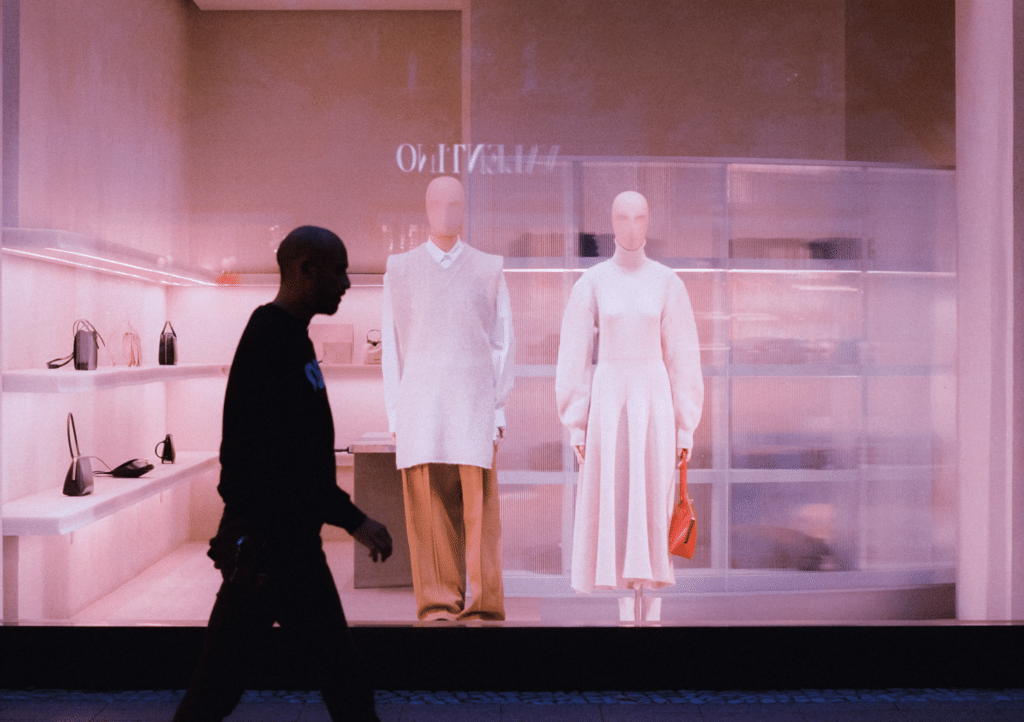A new study claims that consumers are buying counterfeits not just as a way to signal status for a fraction of the price – but also to “achieve a sense of social equality” in an increasingly divided market. Based on a study of more than 2,000 individuals in Sweden and the United States, researchers at City, University of London, Stockholm School of Economics, and Harvard Business School found that rising income inequality – and the conditions of exclusivity created by brands, themselves – is driving demand for counterfeit luxury goods.
In their paper, “The Egalitarian Value of Counterfeit Goods,” Jingshi (Joyce) Liu, S. Wiley Wakeman, and Michael Norton assert that in addition to traditional motives for acquiring counterfeit goods, such as cost and accessibility, a driver of demand for counterfeit luxury goods is consumers’ view of the state of the market and the workings of control-happy luxury brands. Counterfeits are not just “a cheap status symbol for those who are unable to afford the full-price luxury item,” the authors argue. Counterfeit luxury goods are being used by consumers as a means of “rejecting the exclusive markets and companies” in the luxury segment.
In other words, some consumers are purchasing counterfeit luxury goods as a way to “level the unequal playing field of the luxury goods market by breaking down market restrictions created by these overly exclusive luxury companies,” thereby giving rise to “more egalitarian conditions” that undermine the relatively inaccessible nature of luxury goods. (The authors note that buying counterfeit products may not actually restore market equality, but it, nonetheless, “might be the way that consumers feel and how they cope with inequality.”)
Specifically, Liu, Wakeman, and Norton state that consumers’ purchasing decisions can serve to “affirm” the market – by accepting or engaging with activities that reinforce existing conditions – or “reject” it, by avoiding or taking actions to alter existing conditions. With this in mind, counterfeit luxury goods “may be used as a means of ‘rejecting’ the existing market conditions and resisting exclusionary institutions under rising income inequality,” they state.
“Whereas perceived inequality has been shown to increase genuine luxury consumption through various status motivations, we show that it also increases consumption of counterfeit luxury goods,” the authors assert. “Importantly, this effect is not driven by status-seeking motives, but by motives to restore social equality. These findings contribute to the understanding of how consumers react to income inequality by using consumption to ostensibly shape social conditions.”
THE BOTTOM LINE: The authors’ research suggests that the “value” of counterfeit luxury goods manifests itself beyond consumers’ attempts to signal status. The research “links growing inequality to ‘deviant’ forms of consumption, such as buying counterfeit luxury goods, [which] suggests that buying counterfeits is not only driven by economic reasons,” but is also a way “to achieve a sense of social equality.”
As for the role that brands play, the authors maintain that it is possible that the existence of counterfeit luxury goods has prompted luxury brands to “protectively restrict access to products, ironically increasing market inequalities in ways that perpetuate the presence of counterfeits.” One example cited by the authors is Rolex, which they say is “known for creating ‘waitlists’ that make buyers demonstrate loyalty before being able to purchase new or popular watches.”
This “enforced exclusivity” might explain the abundance of counterfeits, the authors assert – or at least raises the question of whether such mechanisms to increase brand exclusivity – whether that be creating waiting lists or consistently raising prices – “counterintuitively manifest the egalitarian value in and the consumption of counterfeits.”











